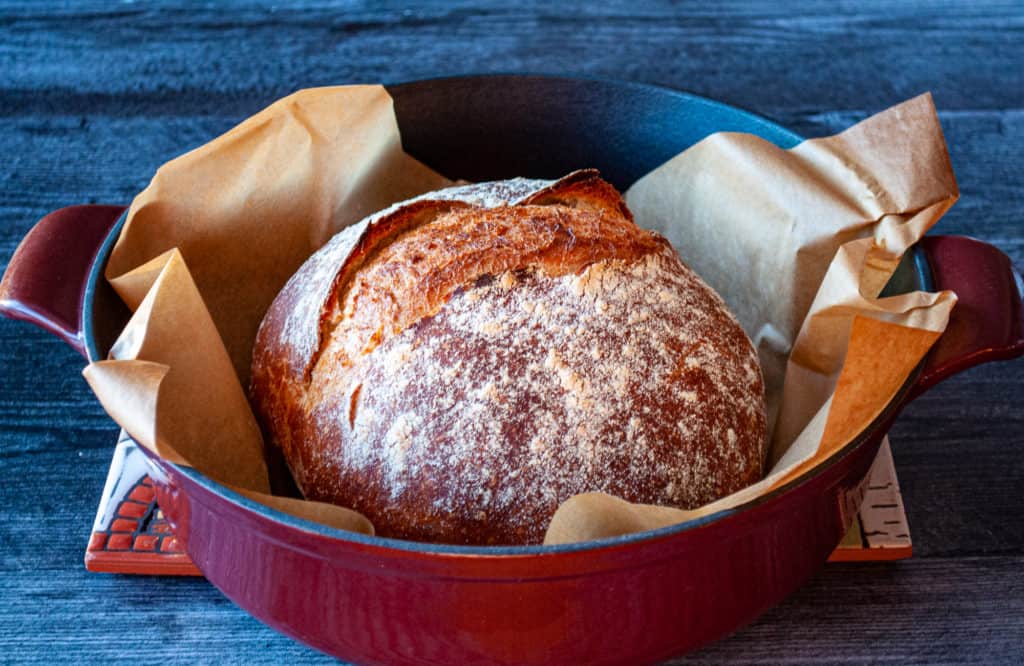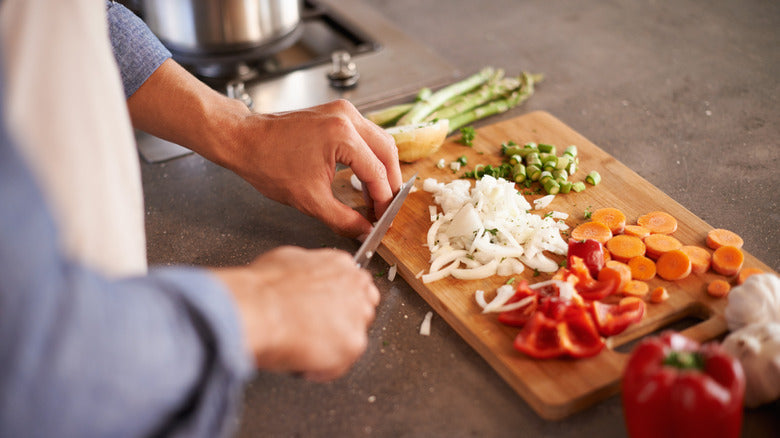Cooking is an art, and knowing how to cook a pork roast in a dutch oven is one of the many skills that can change the way you approach meals. This method is not only straightforward but also yields a remarkably tender and flavorful result.
For kitchen professionals, mastering the use of a dutch oven can lead to life-changing culinary experiences. With its ability to maintain heat and distribute it evenly, the dutch oven is designed for cooking, braising, and roasting meats, including a delicious pork roast.
:max_bytes(150000):strip_icc()/med102639wkd0_0107_brisedchick_horiz-0124.jpg-00f24780581549f9827c996297ca1b03.jpg)
Understanding the Dutch Oven
Before diving into the details of cooking, let's first understand what a dutch oven is. A dutch oven is a heavy pot, usually made from cast iron, that is perfect for slow-cooking and braising. It can be used on the stovetop or in the oven, making it incredibly versatile. Mastery of this tool can lead to unmissable culinary delights.
Ingredients Needed
For a perfect pork roast, you'll need:
- 1 bone-in pork roast (around 3-5 lbs)
- Salt and pepper for seasoning
- Olive oil or other cooking oil
- Vegetables (like onions, carrots, and potatoes)
- Stock or broth to add moisture
- Herbs and spices for flavoring
Preparing the Pork Roast
Start by seasoning your pork roast generously with salt and pepper. This not only enhances the flavor but also helps in forming a delicious crust when seared. Cooking the roast in your dutch oven will require some initial preparation.
Step-by-Step Instructions
- Heat the Dutch Oven: Place your dutch oven on medium-high heat and add olive oil.
- Sear the Pork: Once hot, place the pork roast in the dutch oven to sear on all sides, which takes about 34 minutes per side.
- Add Vegetables: After searing, remove the pork and add chopped vegetables to the pot. Stir them around to coat in the oil and drippings.
- Include Stock: Pour in enough stock to cover at least one-third of the roast.
- Roast in the Oven: Place the lid on the pot and transfer it to a preheated oven at 300F (150C). Cook the roast for approximately 2 to 3 hours, or until the internal temperature reaches 145F (63C).
Finishing Touches
Once the pork roast is done, take it out of the dutch oven, tent it with foil, and allow it to rest for about 15 minutes before slicing. This resting period is vital to ensure the juices redistribute throughout the meat, providing a juicy bite.
Serving Suggestions
Consider serving your pork roast with the vegetables and some of the juices from the pot for a complete meal. Pair it with your favorite side dishes like mashed potatoes or a refreshing salad to elevate your dining experience.
Common Mistakes to Avoid
1. **Skipping the Sear**: Dont skip the searing step; it locks in flavors and adds to the final result.
2. **Not Using Enough Liquid**: Ensure there's enough liquid in the pot. This prevents the roast from drying out.
3. **Rushing the Cooking Time**: Slow and steady wins the race; rushing leads to tougher meat.
How to Clean a Dutch Oven
After creating your staggering pork roast dish, you'll want to clean your dutch oven the right way. For tips on this, refer to our guide on cleaning a dutch oven. Proper care can ensure your dutch oven lasts a lifetime.
Frequently Asked Questions
How long does it take to cook a pork roast in a dutch oven?
The cooking time typically ranges from 2 to 3 hours, depending on the size of the roast.
What is the best cut of pork for roasting?
Bone-in pork shoulder or pork loin are excellent choices for roasting.
Can I use a dutch oven on the stovetop for this recipe?
Yes, a dutch oven can be used on the stovetop to sear the meat before transferring it to the oven for roasting.

Conclusion
Knowing how to cook a pork roast in a dutch oven is a skill every kitchen professional should aspire to master. It not only boosts your repertoire but also delights guests at every meal. For more insights on cooking techniques, check out this guide. Your culinary journey awaits!
This article contains affiliate links. We may earn a commission at no extra cost to you.






Leave a comment
This site is protected by hCaptcha and the hCaptcha Privacy Policy and Terms of Service apply.